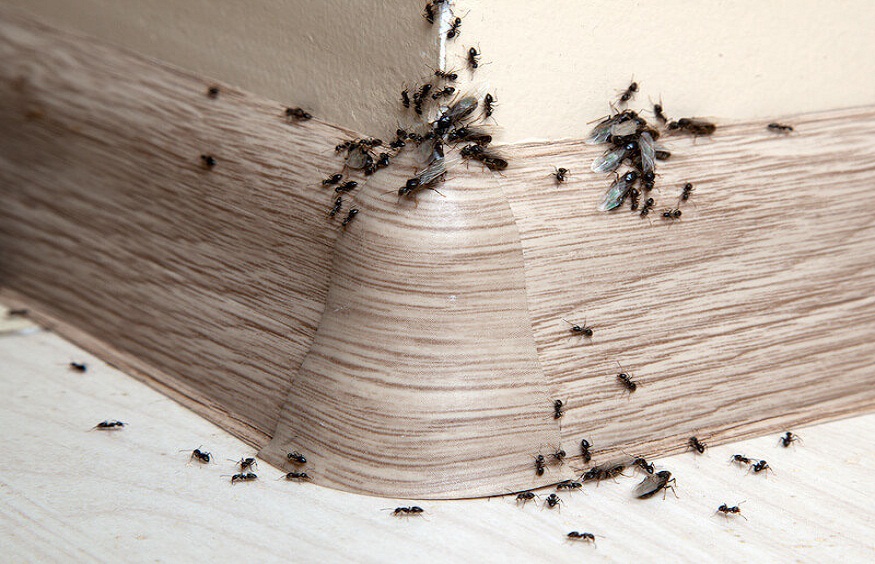 Early response is essential for properly managing a pest invasion. Whether you deal with insects or mice, the earlier you consult a professional, the better. You should be aware of any hint of pest activity to guarantee expert assistance as early as possible. Pest infestations bring undesirable insects, rodents, and more into your house, business, and property.
Early response is essential for properly managing a pest invasion. Whether you deal with insects or mice, the earlier you consult a professional, the better. You should be aware of any hint of pest activity to guarantee expert assistance as early as possible. Pest infestations bring undesirable insects, rodents, and more into your house, business, and property.
Although certain infestations are difficult to spot right away and can spread rapidly, you have to stop the destruction and health concerns they bring immediately away. With the help of anchorpestservices.com, this tutorial will teach you the surefire indicators that will enable you to recognize a suspected pest infestation and thereby counter it immediately.
What is Pest Infestation?
A pest infestation is the invasion of a region or area by a species regarded as a “pest,” either alone or in concert. This can make persons living in the impacted surroundings and the surroundings themselves more prone to health-related issues or damage.
One of the worst indicators of risk for deadly diseases is thought to be a bug infestation. Therefore, for individuals who deal with a pest problem in the workplace, it increases the danger of sickness for the whole workforce and business patrons.
What Are the Signs?
Every kind of bug leaves unique “calling cards.” Still, a few universal indicators of insect infestations are. You have to become familiar with these typical signs to spot possible infestations early on.
Droppings
Every kind of bug leaves droppings. The droppings can be quite important proof of the possible infestation you could be dealing with.
Small, oblong rodent droppings resemble grains of rice and range in color from dark brown to black. The most often occurring location for rodent droppings is near food supplies and nesting sites.
Insect species affect the size of the droppings, from big pellets to tiny dark dots and smudges. Bird droppings are usually white and found outside on paved surfaces, near windows, and on rooftops.
Footprints
Another obvious clue of a pest invasion is footprints. Rodents leave food prints in snow, soil, and dust. Rats make more footprints than mice, but unlike squirrels, their tails drag behind them, providing another strong identification. Moving among treetops, squirrels leave fewer imprints behind. For squirrels, fallen leaves or bits of bark might be signals.
Damage
Small holes, bite marks, debris, and scratches are common indicators of wood damage left by infestations. Termites and carpenter ants borrow from wood, and rodents nibble on wood to keep their teeth sharp. Rats will also chew on cables. Surefire indicators of a rat problem include exposed, frayed, and broken cabling and wiring.
Nests
Most kinds of pests—those that have made your property their home—actually nest, a symptom of a prospective insect infestation. To create access for themselves, rodents will chew holes in the walls and outside of your house. Rodents will create nests from acquired items like cloth, grass, or paper.
Odors or Unusual Smells
Odors and smells point to a late-stage infestation. These scents indicate sufficient droppings have gathered to emit a bad odor. If you start to smell strange or nasty, arrange for an inspection. This level of droppings might pose a health risk and set off allergies, particularly with cockroach droppings.
Conclusion
If you notice indicators of a pest infestation, you should first call a pest management specialist. A licensed pest contractor focuses on the safe elimination of pests from your property, therefore reducing any harm and avoiding any potential negative effects connected with the infestation. Certified pest contractors in your neighborhood may be found online, on social media, in your local phone book, or both.
